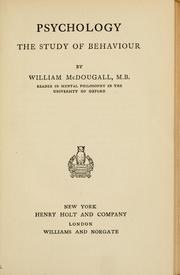
Photo from academic.microsoft.com
Experimental studies of dishonesty usually rely on population-level analyses, which compare the distribution of claimed rewards in an unsupervised, self-administered lottery (e.g., tossing a coin) with the expected lottery statistics… Click to show full abstract
Experimental studies of dishonesty usually rely on population-level analyses, which compare the distribution of claimed rewards in an unsupervised, self-administered lottery (e.g., tossing a coin) with the expected lottery statistics (e.g., 50/50 chance of winning). Here, we provide a paradigm that measures dishonesty at the individual level and identifies new dishonesty profiles with specific theoretical interpretations. We found that among dishonest participants, (a) some did not bother implementing the lottery at all, (b) some implemented but lied about the lottery outcome, and (c) some violated instructions by repeating the lottery multiple times until obtaining an outcome they felt was acceptable. These results held both in the lab and with online participants. In Experiment 1 (N = 178), the lottery was a coin toss, which permitted only a binary honest/dishonest response; Experiment 2 (N = 172) employed a six-sided-die roll, which permitted gradations in dishonesty. We replicated some previous results and also provide a new, richer classification of dishonest behavior.
Journal Title: Psychological Science
Year Published: 2020
Link to full text (if available)
Share on Social Media: Sign Up to like & get
recommendations!